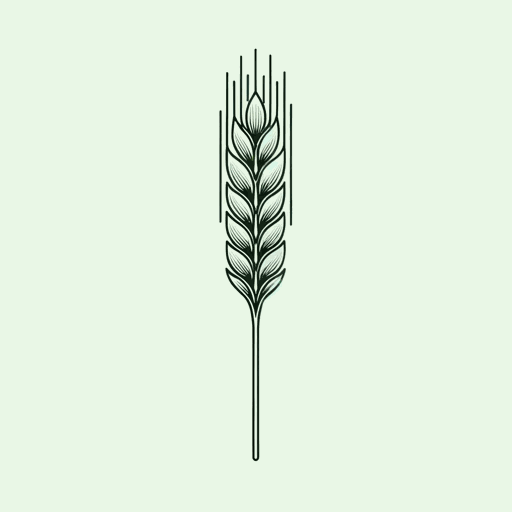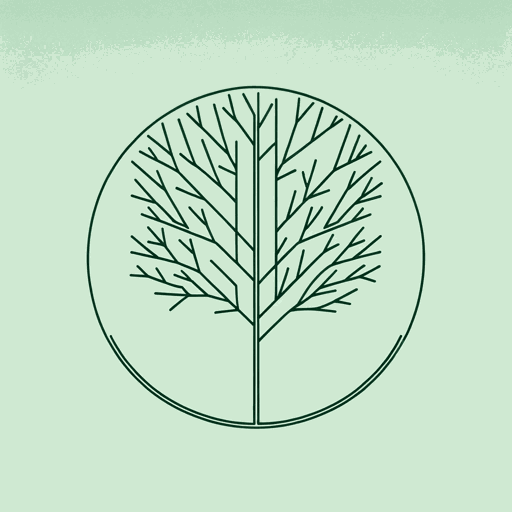79 pages • 2 hours read
Jared DiamondGuns, Germs, and Steel
Nonfiction | Book | Adult | Published in 1997A modern alternative to SparkNotes and CliffsNotes, SuperSummary offers high-quality Study Guides with detailed chapter summaries and analysis of major themes, characters, and more.
Part 2, Chapters 7-10Chapter Summaries & Analyses
Part 2: "The Rise and Spread of Food Production"
Chapter 7 Summary: “How to Make an Almond”
This chapter focuses on how certain wild plants got turned into crops—especially those crops whose ancestors were deadly or look dramatically different to their successors.
Plant domestication involves growing a plant and causing it to change genetically from its wild ancestor. The first farmers could not have anticipated the results of their actions, so how did they, for instance, turn poisonous almonds into a safe food source without prior knowledge or conscious effort?
Like all living things, plants must spread their offspring to areas in which they can flourish and pass on their parents’ genes. To do this, many plants trick animals into carrying their seeds. Similarly, in the early, accidental stages of crop evolution, wild plants evolved in a way that encouraged humans to eat and disperse their fruit. Humans may have expelled seeds in the same manner as animals, but they may also have spilled plants that they have collected along the route home. Diamond refers to such sites as “the first agricultural research laboratories” (117).
When the first farmers started to sow seeds intentionally, they would choose the same plants for the same criteria that they had chosen to gather. One obvious criterion is size. For example, in the beginnings of agriculture, humans selected and cultivated the most appealing large peas.
Related Titles
By Jared Diamond




